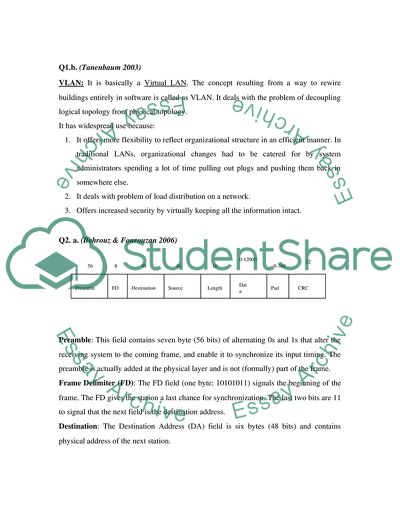Cite this document
(Advanced Networks Assignment Example | Topics and Well Written Essays - 3000 words, n.d.)
Advanced Networks Assignment Example | Topics and Well Written Essays - 3000 words. Retrieved from https://studentshare.org/information-technology/1722615-advanced-network-2-assignment
Advanced Networks Assignment Example | Topics and Well Written Essays - 3000 words. Retrieved from https://studentshare.org/information-technology/1722615-advanced-network-2-assignment
(Advanced Networks Assignment Example | Topics and Well Written Essays - 3000 Words)
Advanced Networks Assignment Example | Topics and Well Written Essays - 3000 Words. https://studentshare.org/information-technology/1722615-advanced-network-2-assignment.
Advanced Networks Assignment Example | Topics and Well Written Essays - 3000 Words. https://studentshare.org/information-technology/1722615-advanced-network-2-assignment.
“Advanced Networks Assignment Example | Topics and Well Written Essays - 3000 Words”, n.d. https://studentshare.org/information-technology/1722615-advanced-network-2-assignment.


